Focus and Fundamentals: CFO Strategies on the Journey to Commercialization
Chief financial officers and other finance experts discuss the continued market volatility impacting life sciences investment—and what biopharma companies can do to help accelerate its recovery. Quality science and “good data” still win the day.
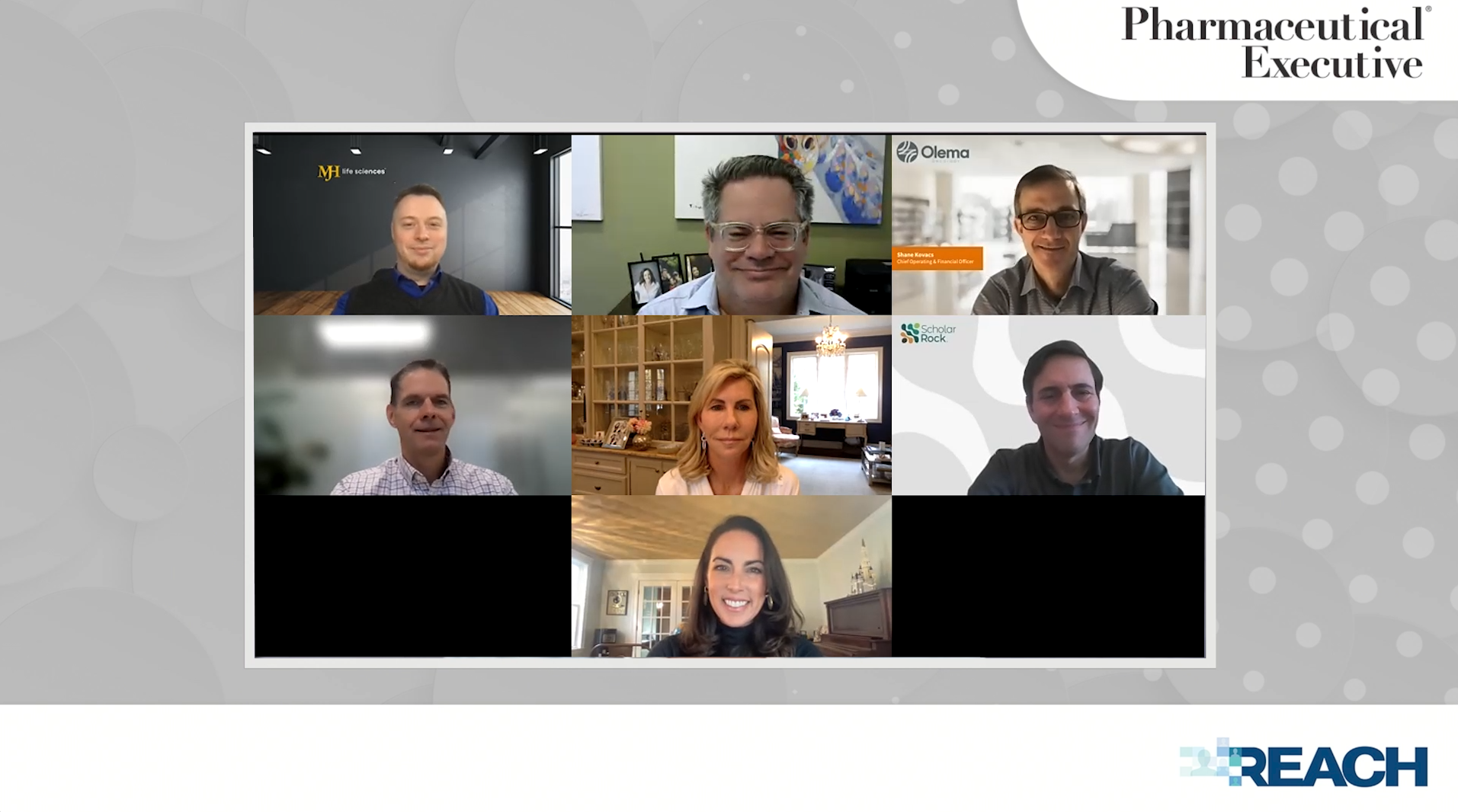
On Dec. 1, 2022, a panel consisting of chief financial officers (CFOs) and other financial experts convened for a virtual roundtable to discuss the recent economic developments in the life sciences industry and how companies are adapting. The biopharmaceutical sector has not been immune to global economic challenges. After the COVID-19 pandemic generated a wave of new interest in the life sciences, the past year saw a retraction in the market.
The group discussed a variety of topics, including how small-to-midsize biopharma organizations are weathering the current situation and how companies can support a long-term growth trajectory. Other topics included challenges with managing budgets for clinical trials and how the market may change in the coming year.
Navigating choppy waters
Q: What impact has the current macroeconomic environment had on the small-to-midsize biopharma sector?
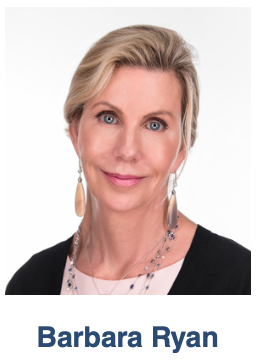
Barbara Ryan, founder, Barbara Ryan Advisors: Obviously, we’ve had a record-breaking rise in the last seven-to-eight months in interest rates; greater than we’ve seen in four decades, and that’s the lethal enemy of long-dated assets. It has decimated valuations. That, as well as the rotation out of growth into value, has closed the doors from a capital perspective, certainly for IPOs. Follow-ons have been relegated to companies with positive data. Some of the earliest stage companies that went public in 2020 and 2021 are down 80% to 90%. And it’s estimated by the end of 2022 [that] 40% of the space will have less than 12 months of cash.
Shane Kovacs, CFO and chief operating officer (COO), Olema Oncology: The capital markets for this sector were always in a tough spot, I would say, prior to 2011, before and after the 2008 financial crisis. The markets started to open up with the first follow-ons and IPOs in 2011 and 2012; so, it was about a 10-year bull market for biotech of unbridled enthusiasm and an incredible amount of capital raised by companies in 2019 through 2021, which had its finale around COVID-19. Now, we’ve swung in entirely the opposite direction to what Barbara mentioned.
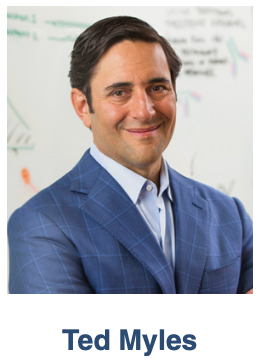
Ted Myles, CFO and COO, Scholar Rock: Investors are much more picky now, and we see investors being highly focused and requiring a direct line—proof of concept data, the next inflection point, and the capital in the bank—to get there. Companies that don’t have these characteristics are put in a penalty box while other companies hang in. If you have the capital and the next inflection point and that’s positive, you’re well positioned to get more capital.
Josh Blacher, CFO, South Rampart Pharma: I would add one additional note. As a private company, it’s getting a bit more difficult to get the attention of investors. Investors are looking at a myriad of already liquid public equity stocks that are trading at discounted valuations. You’re coming in here asking for an illiquid private investment, and they have a couple hundred public investments already with liquidity events and better valuations; and many of them, arguably, are in a more advanced R&D standpoint.
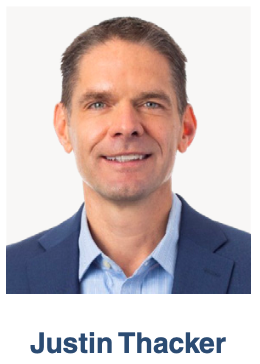
Justin Thacker, CFO, Aristea Therapeutics: For companies that are looking for other assets, this is a relatively good time because there are many distressed companies that are either looking to sell some of their assets or dissolve altogether. There are opportunities if you have the capital. Obviously, raising capital is very difficult now, but there are some benefits if you’re on the other side and in acquisition mode.
Myles: Back in the second quarter, we had taken the hard steps to right-size the company to make sure that our financial footprint was more heavily allocated toward the most obvious near-term milestone for us, and we had a lot of investor interest. We had significant inbound interest where they saw a great company with great fundamentals and a funding gap. The approach was generally, “Well, I firmly believe in your data; you just need the capital, and let’s do something together.”
Through a number of those types of discussions, we were able to pull together a $205 million registered direct offering with a small handful of top tier investors. I applaud these investors who could cut through the noise of this current market and put the capital to work with high conviction.
Ryan: For the acquirers, it has been very difficult because companies could get funded in the public markets. They didn’t have to give up a piece of the action early on, and they could fund themselves through subsequent and much higher value-creating inflection points. That’s clearly changed. I am often asked, “Why haven’t we seen more?” I think that the stock market doesn’t determine whether the acquirer thinks there’s a return-on-investment there or not. Just because it’s on sale doesn’t mean the equation changes. The other piece is that the target companies, often the management teams and the boards, have a tendency to live in the rearview mirror because it was much a prettier view. I know in my board and other roles, we’re seeing that play out, and it’s starting to break. I predict we’ll have a very active M&A season.
Thacker: The macroenvironment has not only made raising money much harder and impacted valuations, but we’re also seeing inflationary pressures as well. Costs are rising, both with our external vendors and in our internal costs. So, it’s not only harder to raise money, but we’re also spending more of the money we have on the same activities.

Kovacs: There is a huge issue with recruiting people. As we’re moving into clinical and late-stage trials and trying to hire people in clinical science, there is a lack of talent given the explosion that happened over the prior three or four years. We’re getting quotes from CROs (contract research organizations) for pivotal studies, and they’re billing clinical research associates at $300 per hour and medical directors at $600 per hour. And it’s the same thing at the sites. The clinical sites are reticent to take on new studies because they’re lacking internal resources.
Sharon Langan, vice president of channel and strategic partnerships, Auxilius: A lot of companies are seeing this materialize in timeline delays and change orders coming through. That inflationary pressure from the vendor market and from the contract research side, it’s putting an additional crunch on clinical-stage companies. We’re seeing companies dealing with an ongoing drip of change orders coming from their CRO, and that can be material on a monthly and quarterly basis.
Myles: Contract manufacturing has also been an issue. COVID consumed a lot of the capacity out of that entire ecosystem, and companies have had to make reservations 18 months to two years in advance. That’s starting to wane a bit and the pendulum is getting more balanced there, but a year ago it was tough to get [contract manufacturing organizations’] attention.
CRO performance
Kovacs: We’ve been coming in under budget on our clinical work partly because some timelines are getting extended, and I get billed as you enroll patients. Also, interestingly, we have studies going on in Australia where the currency has moved in their favor; so, I’ve been super pleased with how our CROs are actually performing in Australia in terms of enrollment and the overall cost coming is in pretty reasonable. That’s been a positive.
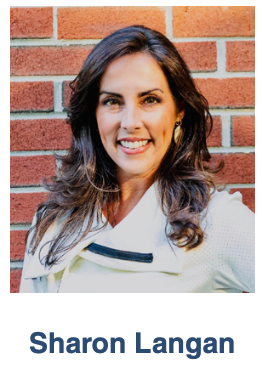
Langan: Clinical-stage biotech companies need to have visibility across their trials and an understanding of which cost drivers have major impact. Just over the past two years, we’ve reviewed hundreds of CRO worksheets and budget grids, and I will say that north of 90% of them have some pretty significant Excel errors. I mean, seven figures in one change order level of error. That said, having oversight around what’s happening with your vendors is absolutely crucial. It’s hard because trial change orders come in constantly, often times invoices and work performed estimates are delayed. Forecasts can shift dramatically, and our take is that companies need a real-time unified view of what’s happening at the trial level.
Big boom vs. retraction
Q: During the COVID years, there was a big boom, and now we’re seeing a retraction. But is sounds like from what everyone’s saying this is more than just a correction in the market, and that something else is going on. Would everyone agree with that?
Myles: A higher interest rate environment hurts. It slows down capital and shifts it away from growth. I’m pretty optimistic, and I feel like the fundamentals of our industry are intact. Good data is getting rewarded, albeit maybe less than it had been previously, but if companies are doing good things for patients, then they are surviving and thriving. We talked about M&A, and I think there’s a lot of optimism that a couple of big M&A deals can start to recycle a lot of cash back into the system. That does attract the attention of generalists that see the potential for incredibly upsized returns, and so we could start to see a swing back into biotech because that really is a place where great returns can be had.
Ryan: I agree that the fundamentals of our industry from the top to the bottom are very strong and the biggest companies are flush with cash. There’s leading-edge technology out there that 10 years ago sounded like science fiction, and now we have actual products making it to the market. But we overshot on the upside, and now we’re living the consequences of that hangover, if you will. A lot of things were getting funded that probably don’t have a lot of value and are redundant, and so some of that will get properly cleansed out of the system. At the same time, good data is getting rewarded and will trump everything else. The market is slowly anticipating that we have a line of sight as to a plateau in inflation and interest rates, and once the market believes that’s the case, I think we will see rotation back into the sector.
Myles: Investors have been very careful about which companies they protect. It used to be that an investor would say, “Here are my top 20 favorite companies.” In this downturn, however, it’s, “Here are my top five, and I’m going to reserve all my capital to protect those top five.” Those attributes of the strong clinical data, the strong link to the next milestone, and the cash to get there are what keeps companies in that top five list. The plan would be to exit this patch stronger than you entered it, maybe a little bit more disciplined and careful about capital allocation. The goal for us is to come out stronger than where we started.
Ryan: It seems like fund managers, too, and venture capital (VC) firms are doing exactly what you said, and they’d rather fund their portfolio companies or their core holdings through a longer period of time so that they’re not dependent on just one value inflection point and multiple rounds of dilution. That, again, drives the haves and the have nots. If you’re in that top five list, that’s great. If you were 15 and now you were in the top 20, but now you’re out of the box altogether, it’s a challenge.
Thacker: There were many companies that were very early in development, or even preclinical, which were able to raise capital through an IPO in 2020 and 2021. I think it’s going to take some time for investors to get comfortable investing in those types of early-stage companies again. It is cyclical, however, and it will likely come around eventually. I think we’re already starting to see some things open up a bit and, hopefully, over time, investors will get more comfortable and want to deploy the capital that they currently have left on the sidelines. The inflationary environment is going to impact this ramp, but things will settle down and, hopefully, [this] year activity will pick up quite a bit.
Eyeing long-term growth
Q: How can companies ensure scalability and investment today to support a long-term growth trajectory?

Blacher: The name of the game for us is modesty and to do more with less. When I was originally getting situated in the company, we had a very grandiose plan looking at our development program for a number of indications with the same molecule and several different formulations. This is because we’re developing a novel non-opioid lead asset that is heavily backed by the NIH and now in Phase I trials. What we have decided to do is focus our resources on getting that first proof of concept with an indication and the most druggable, the most marketable and commercializable formulation.
So, we’re simply full steam ahead, guns blazing, with our best shot on goal rather than spreading it out. Once we establish that proof of concept, that is the time that you want to sort of branch out and go into a myriad of new directions, new formulations, and indications. But until you have that, be modest and focused and really execute on your core strategy.
Thacker: I would echo what Josh mentioned, but, obviously, having the capital is critical to ensure you’re able to scale. Even if you’re not in a position to raise money now, keeping a good open dialogue with potential investors and updating them on the status of your program will go a long way. Keep the interest alive from an investment standpoint because it’s going to take money to scale. It’s going to be significant, and probably more money than you think it’s going to take. So, you want to try and be in a good position and be ready when you need, or want, to raise money.
Blacher: Circling the wagon after you’ve achieved some milestones, even if you’re not in the market for new capital, that type of communication earns a lot of accolades from investors. Just saying, “Hey guys, we’re not in the market. We’re not raising money right now. But I do want to tell you that we’ve just generated some really interesting data on a couple of different models and wanted to keep you abreast on our development.” Doing that, I found, gets very positive responses, So, when you’re going back and actively in the market for a new round, it’s not a complete dust off of an old presentation, and they feel like they’ve been made abreast of your developments along the way.
Myles: Investor relations really is relationship building, and I think what Justin and Josh outlined is one-on-one relationship-building. I teach my kids, “Go meet with people and talk to people when you don’t need something, so at that moment when you do need something, it isn’t transactional.”
Langan: Be tenacious about efficiency as you scale. As companies add new indications, expand to ex-US, and advance new R&D programs, those that challenge their own status-quo process and more adeptly manage across a growing portfolio will be the most successful. A flawed or inefficient process to start is only going to be compounded at scale. So, I’d underscore that efficiency element as key to success.
Thacker: Be forward-thinking as well. Even though it might be a long way down the road, it’s never too early to start to think about what changes might be needed in the future and talk to colleagues who may have gone through the process. Engage with potential vendors who might eventually help you through the process. They might get you to think about things that you haven’t considered yet. There are many things you can do that don’t require a significant capital investment; it can be an investment of time. I would try to be forward-thinking and start those conversations early as it makes sense.
Myles: In 2020, when money was falling out of the trees for every biotech company, the tension was relieved a little bit, so management teams were probably a little less careful and boards were probably a little less strict on the oversight. I think these tough times can make companies better.
We’re in a Phase III study and expecting topline data in 2024, and we want to be commercial ready; so, this brings a constant tension. You don’t want to be too late and mess up the launch because you only get one chance to do a launch well, but you don’t want to be too early and spend too much capital before you’re ready. Obviously, that data card when we read that Phase III data is a massive de-risking event. We’re road mapping out all the costs and spending less to get smart and get ready. Then at that one moment when we open that envelope, assuming it’s positive, we’re ready to run and raise money and get ready for commercial scale. It just puts a heavier emphasis on planning and what you can do less expensively to be ready; and then as the programs are de-risked, pull in the capital and deploy it.
Communication and accountability
Q: How has communicating with external markets and stakeholders changed over recent years? How has vendor accountability and oversight evolved?
Kovacs: I think investors today have been pretty badly bruised, too, in their portfolios, and you don’t hear about a lot of redemptions. On the one hand, you want to keep the investor relations effort going, but you don’t want to be in their face too much. You have to be deliberate about when you’re contacting them, when you’re communicating, and make sure you have something meaningful to say with investors…when you have meaningful updates and necessarily being out there on net dollar retentions with no real update for them. There has to be a bit of a balance, given the market.
Thacker: I would agree, I think having meetings on Zoom and Teams, which is the norm these days, makes it much more convenient to schedule and time-efficient. However, that convenience can be abused, too. You don’t want to waste stakeholders’ time; so, be careful not to schedule meetings just to have meetings. Make sure that when you’re scheduling meetings that there’s a topic that you want to discuss or news that can update the stakeholders.
Blacher: One observation that I have noticed now (versus five years ago) is simply the number of companies that you’re vying for attention from the buy side and from investors has just exploded to a point where it’s hard to get a response, even from an email or a meeting request. The threshold of company formation or for an IPO has become very low. There is so much noise out there and investors are just throwing up their arms. There’s only so much time in the day, and there are 800-plus Nasdaq-traded biotech companies alone. Then when you put on top of that all the private companies, there aren’t enough hours in the day to get the attention of the investors.
Ryan: But there are something like 2,000 clinical trials going on in cell and gene therapy alone right now. I mean, how do you possibly figure out, particularly given the early nature of the field, which horse to bet on? It’s almost impossible. I think that’s why you don’t see the Big Pharma companies come in. They’d rather put a bunch of numbers on the wheel in a variety of places and see how it all plays out.
Myles: One of my favorite areas to invest in is strategic procurement. Once you bring in a new vendor, a procurement person sticks with that vendor. I’ve seen it work well when that person reports into the CFO/COO but sits with the clinical team and/or the tech ops team and they’re planted in. They become the financial conscience at every meeting and keep the sheriff’s badge visible and funnel back to me. I think that presence is helpful.
Budgeting for clinical studies
Q: When it comes to planning for clinical trials, how has managing the related finances and budgets changed?
Thacker: Clinical trials have always been hard to budget for; costs constantly change and the timing is hard to predict. It seems like there’s always a change order in the works, and maybe there are more now given the rising costs. But it’s always been difficult to budget spend. Plus, when you’re trying to plan the timing of clinical start-up costs and subject spend, you’re never going to get that right. You have to be flexible. We’ve done this by trying to do a better job of ensuring we have potential rising costs built into the budget and plan for more in the future. We’ve always had some level of cost contingencies in the budget, but we’ve taken a much harder look at the budget detail and have tried to build in specific inflationary pieces into the budget rather than just layer in a general percent, or couple-percentage, increases as we had done in the past. The increases we’ve seen recently can have a material impact, and we’ve taken a more granular approach to try and stay on top of it.
Also, I think things are taking a little longer. We’ve had to plan for that as well and have contingencies in place in the budget for delays. We’ve always planned for delays to some extent, but we’re now updating the budget forecast more often because things are changing faster. In general, however, the budget management process hasn’t changed much for us.
Myles: Ultimately, the biggest cost of a study is time. A quarter delay with a clinical trial has a huge impact on how you’re running the company. It can be costly because you’re pushing out the revenue and damaging the net present value over the long term. To offset this impact, you can synthesize the development strategy and the financing strategy by raising the right amount of capital in a tough time, which allows you to tell your investors with conviction that capital will get us to a certain inflection point. While this can be hard, ultimately it’s very important, especially these days where many investors are really underwriting a single study and a specific inflection point.
Blacher: Just to further some of the points we’ve been discussing, the cream is going to rise, and companies that have a strong competitive advantage based on what they’re doing are going to have the opportunity to stand out just based on the financing situation of others not being able to weather the storm. Fortunately, we are in a situation with quality science and clinical evidence that I think will always be the driver for funding life science innovation.
Ryan: I completely agree with Josh. And going back to this discipline that we talked about, it’s not just related to being efficient and best practices. It’s also about being honest with oneself or teams being honest about where they really have a role to play and win and where maybe they do not.
Myles: As biotech people, if you’re doing good things for patients, shareholders will be there, and you get to keep doing good things for patients. So, whatever stage you’re in, if you’re de-risking your programs by generating positive data, you should be able to attract more capital and keep moving forward with your plan.
Langan: This industry is very special in that there are enormous complexities, variabilities and a high regulatory burden. Companies are leaning into technology solutions that are industry-specific to help gain efficiency; move away from a more labor-intensive, manual, and risk-laden Excel reliance; and to gain better financial management and control around their clinical trials and their vendors. Clinical trials are such a material line item for companies in this sector, and we’re seeing a recognition that Excel is no longer enough for budgeting, forecasting, and reporting R&D expenses.
Kovacs: We’re cautiously optimistic that the macro will change [this] year, but we’re not going to bank on it. We’re playing it fiscally conservative for now until things change. In the meantime, ultimately, fundamentals should prevail in terms of what data gets funded. Good data gets funded.
Thacker: Echoing what most of the panel has mentioned, I do think inflationary pressures will subside [this] year and we will see more M&A activity. In the meantime, companies need to stay focused and conservative, but at the same time be ready. At some point, the market will open up, and companies that need additional capital should be prepared. I’m optimistic things will change sometime [this] year.
Mike Hollan is Pharm Exec’s editor and can be reached at
mhollan@mjhlifesciences.com.
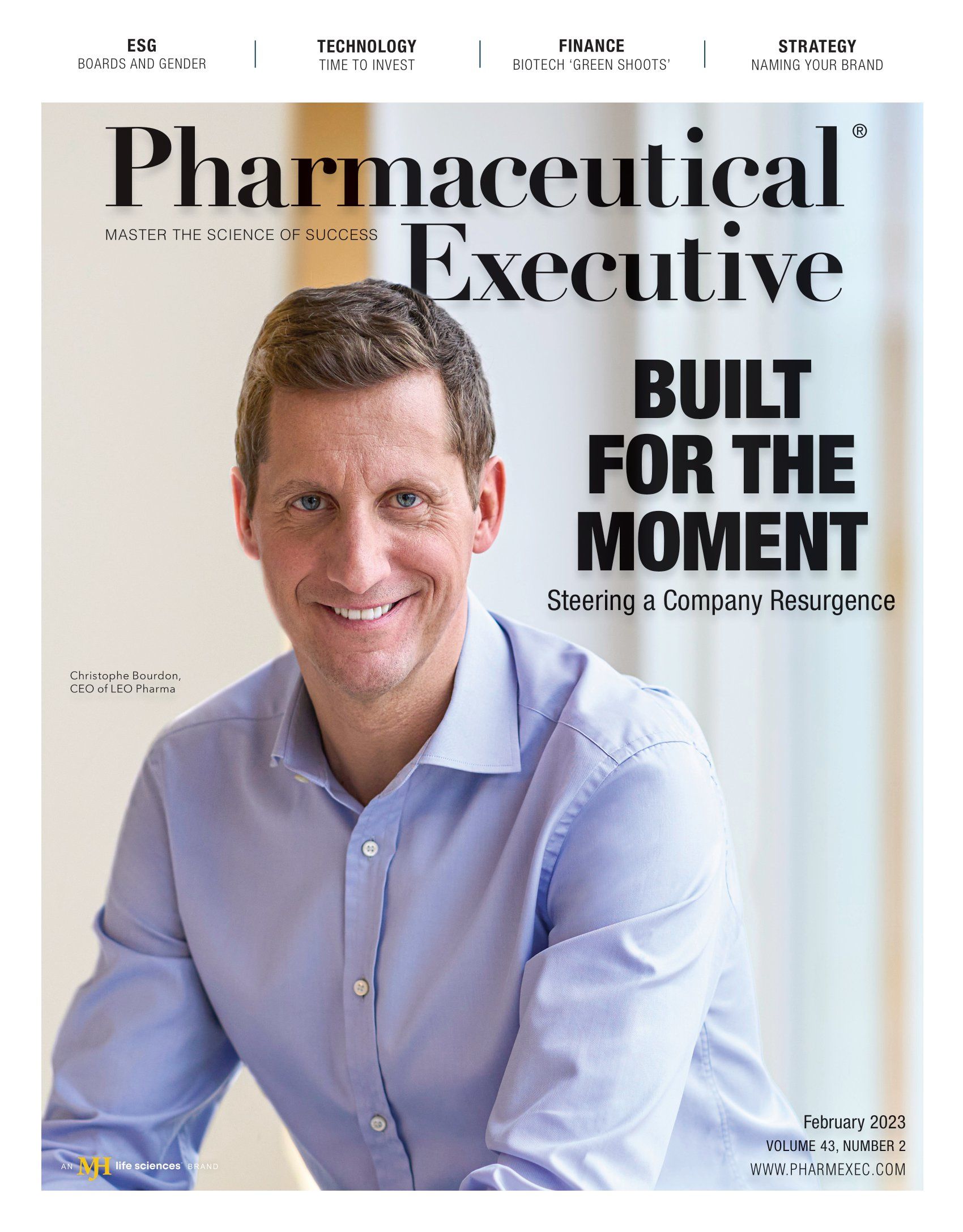
An Evolving ‘Opinion’ Landscape: New Paths—and Synergies—for Pharma KOLs & DOLs
October 13th 2023Industry experts discuss the relationship between digital and traditional (key) opinion leaders and how companies are adjusting their strategies to harness the unique brand engagement benefits each role can provide in driving better patient outcomes.